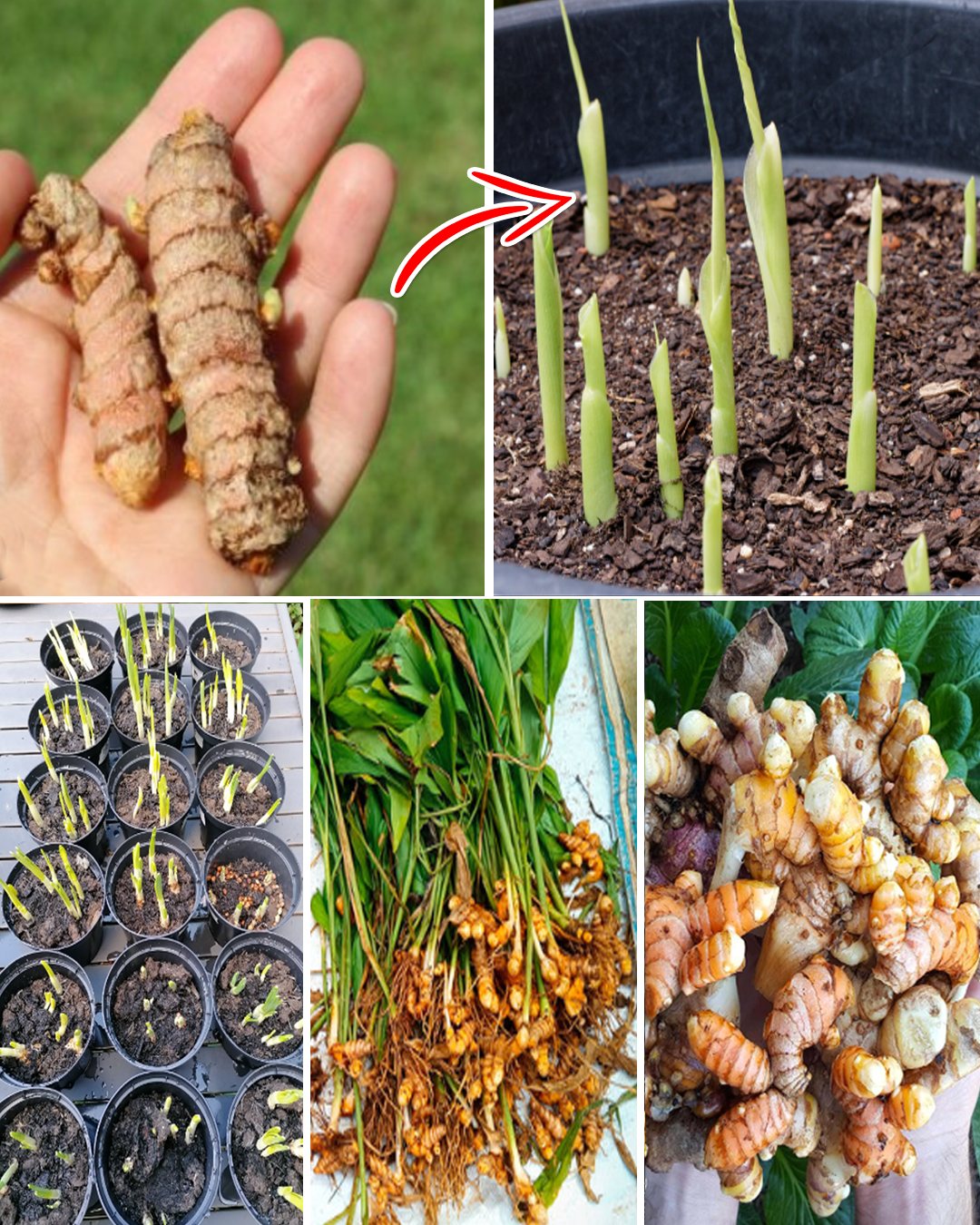Turmeric, with its vibrant color and potent health benefits, has become a staple in many cuisines around the world. While traditionally grown in tropical climates, you can now cultivate this versatile plant in containers, regardless of where you live. Whether you’re a seasoned gardener or just starting out, here’s a comprehensive guide on how to grow turmeric in containers, enabling you to enjoy its fresh flavor and medicinal properties right at home.
Choosing the Right Container
The first step in growing turmeric in containers is selecting the appropriate container. Opt for a large pot with a diameter of at least 18 inches and a depth of 12 inches to accommodate the plant’s extensive root system. Ensure that the container has drainage holes to prevent waterlogging, which can lead to root rot.
Selecting the Soil
Turmeric thrives in well-draining, fertile soil with a slightly acidic to neutral pH range of 6.0 to 7.5. You can create a suitable potting mix by combining equal parts of high-quality potting soil, compost, and perlite or sand for improved drainage. Avoid using garden soil, as it may compact in containers and hinder root growth.
Planting Turmeric Rhizomes
Turmeric is propagated from rhizomes, which are underground stems. Start by selecting healthy, organic turmeric rhizomes from a reputable source or grocery store. Choose rhizomes that are firm, plump, and free from blemishes or mold.
Fill the container with the prepared potting mix, leaving enough space for the rhizomes to be planted about 2 to 3 inches deep. Place the rhizomes horizontally with the buds facing upwards and cover them with soil. Water the container thoroughly after planting to settle the soil and initiate growth.
Providing Optimal Growing Conditions
Turmeric thrives in warm, humid conditions reminiscent of its native habitat. Place the container in a location that receives partial to full sunlight, such as a south-facing window or a patio with ample sunlight exposure. Ensure that the temperature remains consistently above 60°F (15°C), as turmeric is sensitive to cold temperatures.
Water the turmeric plant regularly to keep the soil evenly moist but not waterlogged. Avoid overwatering, as excessive moisture can cause the rhizomes to rot. Additionally, provide occasional misting to mimic the humidity of its tropical environment.
Fertilizing and Care
Fertilize the turmeric plant every 4 to 6 weeks during the growing season with a balanced organic fertilizer to promote healthy growth and prolific rhizome development. Reduce fertilization frequency during the dormant period in winter.
Monitor the plant for pests such as aphids, spider mites, and fungal diseases, and promptly treat any infestations with organic insecticidal soap or neem oil.
Harvesting Turmeric
Turmeric is typically harvested 8 to 10 months after planting once the foliage begins to turn yellow and die back. Carefully dig up the rhizomes using a garden fork, being mindful not to damage them. Rinse the harvested rhizomes under cool water to remove excess soil and allow them to dry naturally.
Growing turmeric in containers is a rewarding endeavor that allows you to enjoy this flavorful spice year-round, regardless of your climate. By following these simple steps and providing optimal growing conditions, you can cultivate healthy turmeric plants and harvest fresh rhizomes for culinary use and medicinal purposes. So why wait? Start your turmeric container garden today and reap the benefits of this versatile plant in your own home.
